ShopDreamUp AI ArtDreamUp
Deviation Actions
((EDIT: Now with character qualities and character flaw charts under 'Personality!' Check it out, it'll help the building of your character's personalities! ALSO- added a guide for OC's who have skirts!))
A semi-tutorial on how to get started or improve upon a Hetalia OC. Includes (in no particular order):- Lists of countries AND micro-nations
- Reasons for not giving an OC a disorder
- Appearance tips.
- Color coding/scheme tips.
- History format tips.
- Personality tips.
- Relationship tips.
Lets get started! Keep in mind that this is a combination of some prior guide journals and new, added tips!
So you want to make a Hetalia OC?
That's good! Lets pick a country first, yeah? Then we can get to work on the aspects and history.
Picked one? Good! Now, lets get started on the basics.
Appearance, Ethnicity, History
Personalities
Here's some nifty charts on character qualities,character flaws, traits, and how to balance them out!
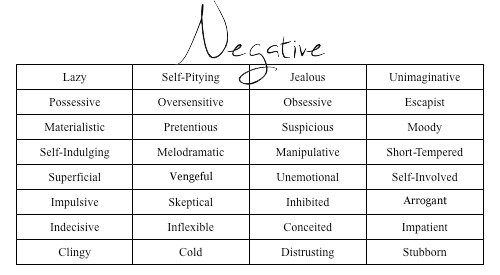
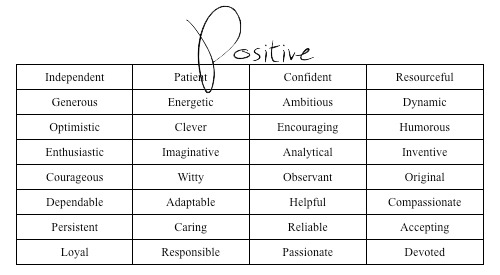
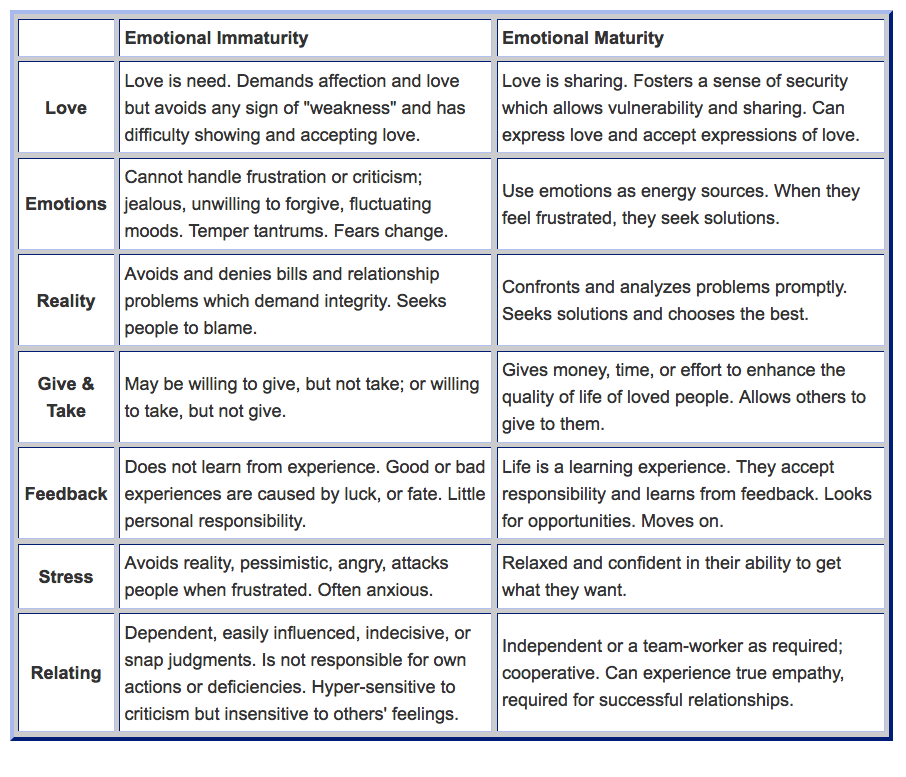


Please, stop or at least do your research! It is highly disrespectful to people who actually suffer from such disorders. The main disorders that people tend to use and misinterpret: Stockholm Syndrom and Schizophrenia.
Let's look at them medically. To be blunt, it is extremely cruel to give your OC a disorder for kicks because such disorders cause a horrible amount of suffering and are hell to live through.
Commonly Misrepresented Disorders
Stockholm Syndrome:a psychological phenomenon in which hostages express empathy and sympathy and have positive feelings toward their captors, sometimes to the point of defending them. These feelings are generally considered irrational in light of the danger or risk endured by the victims, who essentially mistake a lack of abuse from their captors for an act of kindness. The FBI's Hostage Barricade Database System shows that roughly 27% of victims show evidence of Stockholm syndrome.
The term, Stockholm Syndrome, was coined in the early 70's to describe the puzzling reactions of four bank employees to their captor. On August 23, 1973, three women and one man were taken hostage in one of the largest banks in Stockholm. They were held for six days by two ex-convicts who threatened their lives but also showed them kindness. To the world's surprise, all of the hostages strongly resisted the government's efforts to rescue them and were quite eager to defend their captors. Indeed, several months after the hostages were saved by the police, they still had warm feelings for the men who threatened their lives. Two of the women eventually got engaged to the captors.
Stockholm Syndrome is a survival mechanism. The men and women who get it are not lunatics. They are fighting for their lives
Let's go over why this is messed up to use for your Hetalia OC, stall we?
First: Its' basically loving someone for giving you physical and mental agony and not always abusing you. Its' sad, not Romantic. People who actually suffer such a sensation deserve compassion and empathy, not having their condition crudely replicated by a two-bit creator and their attempt to justify their Pairing/OTP.
Second: Most people who use this syndrome in their OC profiles say that "EVEN THO =insert nation name here= RAPED =insert OC name here=, =insert oc name here= STILL LUVS THEM AND THEYRE TOGETHER 4VR". Let me repeat what I said from my prior journal:
Imperialism, Colonization, and 'Invasion' are NOT synonymous with rape.
RAPE IS NOT TRENDY. RAPE. IS. NOT. FUNNY. RAPE IS NOT A JOKE.
Now for Schizophrenia.
Schizophrenia: a group of severe brain disorders in which people interpret reality abnormally. Schizophrenia may result in some combination of hallucinations, delusions, and disordered thinking and behavior.
Contrary to some popular belief, schizophrenia isn't split personality or multiple personality. The word "schizophrenia" does mean "split mind," but it refers to a disruption of the usual balance of emotions and thinking.
Schizophrenia is a chronic condition, requiring lifelong treatment. Schizophrenia is a psychotic disorder (or a group of disorders) marked by severely impaired thinking, emotions, and behaviors. Schizophrenic patients are typically unable to filter sensory stimuli and may have enhanced perceptions of sounds, colors, and other features of their environment. Most schizophrenics, if untreated, gradually withdraw from interactions with other people, and lose their ability to take care of personal needs and grooming. There are different types ofn Schizophrenia.
The key feature of this subtype of schizophrenia is the combination of false beliefs (delusions) and hearing voices (auditory hallucinations), with more nearly normal emotions and cognitive functioning (cognitive functions include reasoning, judgment, and memory). The delusions of paranoid schizophrenics usually involve thoughts of being persecuted or harmed by others or exaggerated opinions of their own importance, but may also reflect feelings of jealousy or excessive religiosity. The delusions are typically organized into a coherent framework. Paranoid schizophrenics function at a higher level than other subtypes, but are at risk for suicidal or violent behavior under the influence of their delusions.
Disorganized schizophrenia (formerly called hebephrenic schizophrenia) is marked by disorganized speech, thinking, and behavior on the patient's part, coupled with flat or inappropriate emotional responses to a situation (affect). The patient may act silly or withdraw socially to an extreme extent. Most patients in this category have weak personality structures prior to their initial acute psychotic episode.
Catatonic schizophrenia is characterized by disturbances of movement that may include rigidity, stupor, agitation, bizarre posturing, and repetitive imitations of the movements or speech of other people. These patients are at risk for malnutrition, exhaustion, or self-injury. This subtype is presently uncommon in Europe and the United States. Catatonia as a symptom is most commonly associated with mood disorders.
Patients in this category have the characteristic positive and negative symptoms of schizophrenia but do not meet the specific criteria for the paranoid, disorganized, or catatonic subtypes.
This category is used for patients who have had at least one acute schizophrenic episode but do not presently have strong positive psychotic symptoms, such as delusions and hallucinations. They may have negative symptoms, such as withdrawal from others, or mild forms of positive symptoms, which indicate that the disorder has not completely resolved.
The risk of schizophrenia among first-degree biological relatives is ten times greater than that observed in the general population. Furthermore the presence of the same disorder is higher in monozygotic twins (identical twins) than in dizygotic twins (nonidentical twins). The research concerning adoption studies and identical twins also supports the notion that environmental factors are important, because not all relatives who have the disorder express it. There are several chromosomes and loci (specific areas on chromosomes which contain mutated genes), which have been identified. Research is actively ongoing to elucidate the causes, types and variations of these mutations.
Most patients are diagnosed in their late teens or early twenties, but the symptoms of schizophrenia can emerge at any age in the life cycle. The male/female ratio in adults is about 1.2:1. Male patients typically have their first acute episode in their early twenties, while female patients are usually closer to age 30 when they are recognized with active symptoms.
Schizophrenia is rarely diagnosed in preadolescent children, although patients as young as five or six have been reported. Childhood schizophrenia is at the upper end of the spectrum of severity and shows a greater gender disparity. It affects one or two children in every 10,000; the male/female ratio is 2:1.
Causes and symptoms
Now lets discuss why it is insensitive and distasteful to say your Hetalia OC has Schizophrenia.
First: It is not the same as multiple personality disorder. Having Schizophrenia does not mean your OC can see magical creatures like England. In most cases of Schizophrenia, you are slowly or rapidly loosing yourself.
Second: Its' basically making your OC have constant psychological episodes. They would be living in acute paranoia and torment. People who actually have Schizophrenia have a very hard time in life.
Third: This does not define for your OC being Yandere. No. Just. No.
Now, I touched on 'multiple personality disorder'. This disorder is also frequently misinterpreted, misrepresented, and disrespected. Lets take a look on what this disorder really is.
Multiple Personality Disorder: Also known as Dissociative Identity Disorder, it is not the same as 'Split mind disorder' [Schizophrenia]. MPD/DID symptoms:
Amnesia in DID is marked by gaps in the patient's memory for long periods of their past, in some cases, their entire childhood. Most DID patients have amnesia, or "lose time," for periods when another personality is "out." They may report finding items in their house that they can't remember having purchased, finding notes written in different handwriting, or other evidence of unexplained activity.
Depersonalization
Depersonalization is a dissociative symptom in which the patient feels that his or her body is unreal, is changing, or is dissolving. Some DID patients experience depersonalization as feeling to be outside of their body, or as watching a movie of themselves.
Derealization is a dissociative symptom in which the patient perceives the external environment as unreal. Patients may see walls, buildings, or other objects as changing in shape, size, or color. DID patients may fail to recognize relatives or close friends.
Identity disturbances in DID result from the patient's having split off entire personality traits or characteristics as well as memories. When a stressful or traumatic experience triggers the reemergence of these dissociated parts, the patient switches—usually within seconds—into an alternate personality. Some patients have histories of erratic performance in school or in their jobs caused by the emergence of alternate personalities during examinations or other stressful situations. Patients vary with regard to their alters' awareness of one another.
Once more, we will discuss why it is wrong to misrepresent this disorder.
First: You are forgetting who you are. You can't figure out who you are. You forget who you love.
Second: Since derealization is a symptom, you may loose your grasp on visual reality. That would be terrifying. You suddenly have a massive amount of splintered memories and different names with complete personalities trapped in one body fighting for control. What is so 'kawaii' about fighting your own mind?!! Identity disturbances will seriously affect your life and possibly hurt you or those around you/care about you. This isn't cute or creative to put as a representation for a whole country. Its' stating that the country has a severe mental problem as a whole.
Third: YES, countries, cities, capitals, etc. each have a large amount of different traits due to the people living there, but this does not mean that you can/should give your OC such a disorder. How does giving your OC a mental problem make it unique? It doesn't. Its' just offensive to those who actually suffer form the disorder.
I feel like the topic will eventually arise, I'm going to also put the definition of Tsundere, Yandere, and Kuudere as well as touch on Phobias.
Tsundere:The progression of a character personality from cold and hostile to eventually displaying their warm and loving side, also rather abusive to the one they hold in affection.
Yandere: Seemingly sweet and mellow but very dangerous and violent in reality.
Kuudere: Appears to be blank and cold, but is secretly sweet and kind.
I mentioned these three in particular because they are the most common 'character traits' new-comers to the fandom give their OC's. Now, its alright to use these sparingly and only as an opaque part of their personality. Flesh out your OC. Make them appealing by having them historically accurate and refer to what the people of your OC's country are known for.
I.E.
Philippines: Hospitable and cheery, very welcoming.
Khmer: Constantly smiling, even when uncomfortable.
Now for Phobias. Please, please, properly research a Phobia and ensure that it makes sense with your OC and their history. Now, do not make the Phobia so intense that they have a whole episode of terror because of it. If you must give your OC a Phobia, make it subtle.
Lastly, I want to touch on the 'double standard' of OC's.
Just because an OC is female does not mean she is a Sue. Moreover, the assumption that all Philippine OC's are Sue/Stus is rather foolish. For each country/state/city/micronation, there will always be a fair amount of of deplorable or poorly done OC's. Do not pin on a singular country etc. as the complete and utter basis for a 'mary-sue'.
Color coding/creating a color profile
This goes for all OC's in general, not just Hetalia OC's. Therefore, I'm going to be splitting this journal between Hetalia OC's and other genre OC's.
First, lets start for basic color scheme.
Hair, Eyes, and Skin
When creating your OC, be sure that all aspects fit with their ethnicity [race/nationality]. Typically, darker skinned characters have dark hair. Now, this isn't saying that all dark skinned OC's have to have dark hair, however, this is the basis for Hetalia OC's. In brief: make sure the skin and hair fit if the OC is representing a province/state/city/country. This also goes for the eyes! Do the eyes [if a Hetalia OC] represent something? I.E. Diverse forest ecosystem=green or something or other? That may be acceptable with Latin and Middle Eastern OC's. Shades of greens and browns are varied over there because of different influences. Here's an example of green Middle Eastern Eyes:

But keep in mind that most have dark brown eyes. Moreover, it is highly disapproved of if you give your character extremely light hair and skin pigment if they represent a darker toned country. It doesn't matter if they were colonized, depict them as their actual people and ethnicity look. An arian/albino Africa or Latin America OC is unacceptable, nor is a blazing blonde one with sky blue eyes that contradict what people from that country actually look like.
And above all, avoid Heterochromia iridum with neko ears.
This brings us to our next topic of color schemes: two toned eyes.
Two Toned Eyes
The most common [and poorly portrayed] example of this is Heterochromia iridum. Heterochromia is a result of the relative excess or lack of melanin (a pigment). It may be inherited, or caused by genetic mosaicism, chimerism, disease, or injury. This does not go to say that you can validly say your APH OC has two toned eyes because of their colonizers. You don't gain eye colors by meeting people. In humans, usually, an excess of melanin indicates hyperplasia of the iris tissues, whereas a lack of melanin indicates hypoplasia. Moreover one eye tends to be weaker than the other. Acquired heterochromia [which most people try to use to validate their OC having two toned eyes] can be caused by injury, inflammation that caused mass scarring, or a tumor.
There are variations of Heterochromia.
One, when the iris is abnormally darker, is characterized by injury. Blunt truama to the eye will not only impare it, but darken the pigment. Here are some variants of that.
There are also cases were one iris is lighter than the other. Though it is subtle and occurs naturally, it can actually develop over time due to diseases like Duane syndrome and Leukemia.
Central Heterochromia is actually more common than either of those two in modern life.
Here's an example of Central Heterochromia: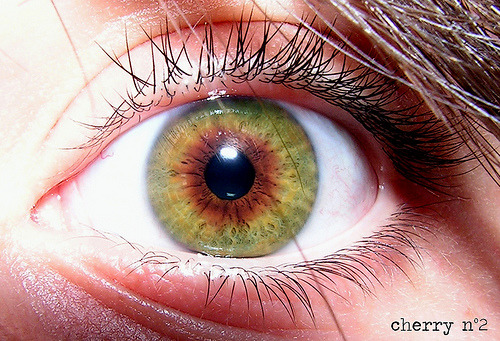

So, in brief, heterochromia in Hetalia OC's is not advised in the slightest, and Heterochromia in OC's of other fandoms should be done carefully. Neon green and red eyes or purple and pink would be very tacky and unacceptable.
Now, on to clothing colors!
Clothing Colors and Proper use of Personality Schemes
If your OC is a Hetalian, it is important to have an accurate depiction of what people in that country wear, both for casual and traditional clothing. Use colors that are commonly used for those clothes, but also pay a key amount of attention to how the colors befit your characters. You must be wondering how to do this, so let me explain the best I can.
Positive colors are best on a more spirited and vibrant country, it reflects on their personality. Also, each color and its various shades have particular meanings that they portray. However, some have "double standards". For example:
"Positive" Colors:
Orange and Orange shades- Childlike, Vibrant, Energetic, 'Happy', Social, loud, frivolous.
Red and Red shades- Mature, strong, passionate, aggressive, temperamental, warlike, dangerous, courageous.
Pinks and Pink shade- Playful, flirty, gaudy, cozy, wild, fragile, sweet, tender.
Greens and Green Shades- Young, natural, healthy, energetic, soothing, balanced, restful.
Blues and Blue Shades- Faithful, water, coolness, dreamy, soft, faithful, sophisticated, confident, cold, distant.
Light Browns and Creamy Shades- Woodsy, Exotic, welcoming, rustic.
Earthy Browns- Delicious, warm, wholesome, earthy
Golds-Rich, Expensive, royal, gaudy.
Yellow and Yellow shades-Hospitable, Summer, energetic, cowardly, betrayal, hazardous.
Light Purple and Pale Purple Shades- Wistful, thoughtful, peaceful, romantic, fanciful.
Now, for 'negative' colors. Negative colors are actually values, which are blacks and greys.
Negetive Colors [Values]
Black-Loss, Mystery, Destruction, misery, death, mourning, bold, classic, strong, invulnerable.
Greys- Sleek, classy, dust, ash, destruction, death, corpses, modern, dull, tired, relaxed.
Now that we know some of the basics of colors and their interpretations, lets start on creating a color scheme.
Color Schemes
With creating a color scheme for a character, you must focus on which colors not only match the characters personality, but their general appearance and complexion as well. Neon pink and orange with green hair is scalding to the eyes, so try and keep it 'simple'. By simple, I mean choose colors that are near each other in the color spectrum. For those that read Homestuck, you'll get this color process easily, think of it as the hemospectrum.
Typically, colors that share the same base color [i.e. Red==>Deep Red, Blue==>Pale Blue] go well together. Using colors of the same base with different saturation levels typically leads to good out-comes for a color scheme.
Here's one using colors of the same base:

When you have the process of creating schemes from a singular base color, start mixing and matching! Use different colors at different saturation's and values to create vibrant and complementary schemes. Here are some examples:



Now, as for "conflicting colors" [colors that clash far too much], they can meld well together when toned/watered down from their base form. For example, red and blue do not go well together unless they are done in different hues. Here's a very basic example:

You see, colors that typically clash are usually located across from each other on the color wheel. When these colors are 'toned down', they complement each other beautifully. Here's a little diagram so you get what I mean:

Analogous colors tend to blend into each other gradually at different saturations. The use of Analogous colors is recommended with scenery and backgrounds especially.
Ah, I hope this guide helped somewhat. Here are some colors for you to start testing out your color scheme skills on:

History formatting
Now that we've gotten past the general appearance and personality, we need to work on the history.
First and foremost, do not rely on Wiki for everything. Use at least four different sites for general information, then look up information on individual sites of individual era's and occurrences in your OC's history in order to get as much information as possible and cross check information encase you got something wrong. Building your OC is a growing process, so your OC's profile will be ever changing.
Moreover, do not start and focus your OC's history on it's Colonial Period if it has had multiple civilizations prior to colonization. Though cases will vary depending on countries, a very basic general template to use would be something like this:
- Ancient Civilizations
- Colonization (if applicable)
- Independence (if applicable)
- Modern Day.
Along with history comes relationships. This is a sticky subject, because relationships can either be exaggerated or overlooked.
I'm going to mainly touch on relationships that you may consider to be romantic and what to/what not to do. Consider the following:
- How long have the countries known each other and how strong are their relations?
- Is the country your OC's colonizer?
- Was the relationship between colonizer and colony good or bad?
- Did the revolution of your OC (if applicable) result in a soured relationship?
- Does your OC and a country have a love/hate relationship?
- Does your OC even have any relations with the country.
- Are their relations more than just having an embassy?
Now, here are the deadly sins of creating relations:
- Do NOT make love/hate relationships "I hate you baka jk ilu long time".
- Do not make a ship in which an imperialistic country wreaked havoc on your OC and then justify it with Stockholm Syndrome. Abuse is neither funny nor romantic.
- Do not make up relations for the sake of shipping your OC with your favorite character.
- Do NOT have your OC call it's colonizer "papa/mama" if they had a history prior to colonization.
The rest is up to you, but here are some good guidelines.
Skirts and Dresses
- Military (if applicable)
- Traditional (if applicable, and varying depending on the OC and their traditions)
- Casual (usually common clothing of the people there or a simplified version of the traditional attire (be sure to state if it is a simplified version or not. Pheakdei [Cambodia] wears a combination of simplified and casual clothing]
- Is the length and style appropriate for their climate?
- Is the length and style appropriate for their social formalities or religion? (i.e., many middle Eastern countries require the women to reveal very little skin)
- Is the style common for that country?
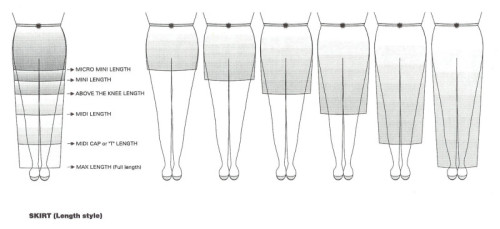

Hair design
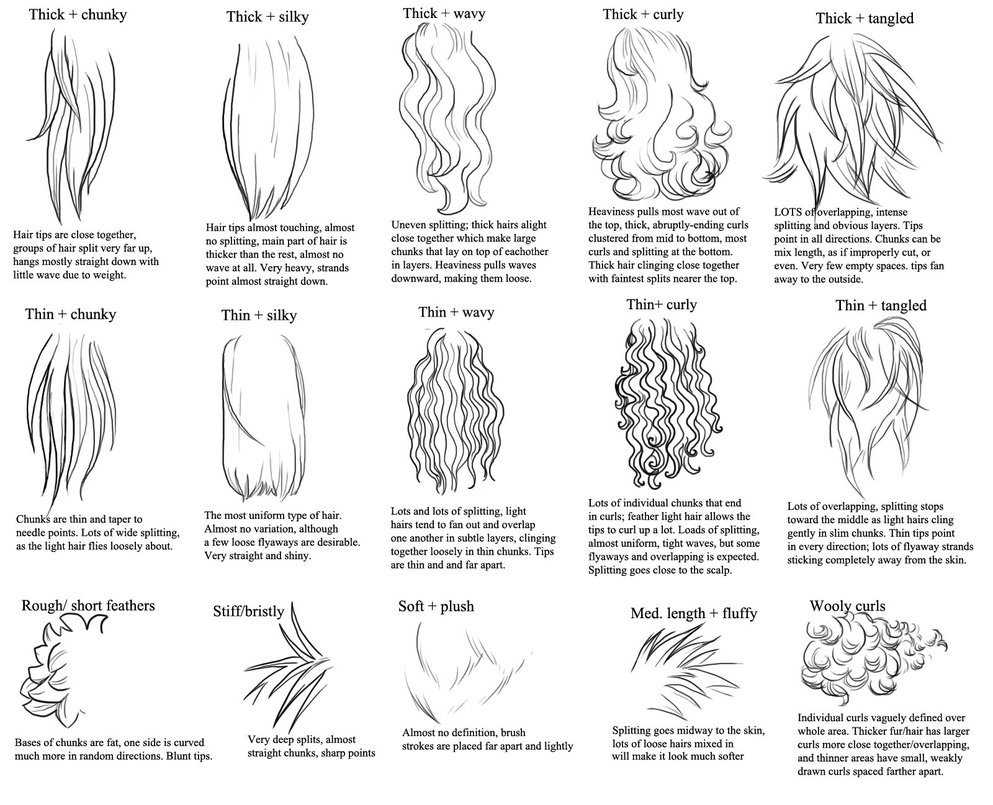
Braided hairstyle ideas




<img wytiwyg="1" src"http:="" 31.media.tumblr.com="" 5f1233628814361f94c594444cb3827d="" tumblr_mgfm8apggu1rjhu7qo1_500.jpg"="">

Afterward
I know this is very lengthy, but I hope it helps! If you have any questions, comment here.
.::Updates::.
.::Guess which broad hasn't dropped dead yet, whats good.
Anyways, reasons for me dropping off of the face of the earth constantly as of current:
1.)Loss of interest in the fandom. I still love my OC's but yikes the fandom is gross . jpg again.
2.)DA is dead.
3.)IRL work keeps me extremely busy, as do IRL friends and co-workers due to social outings etc.
4.)On another off topic I got a man in my life now so I guess thats a thing. His name is Jeong-Hyeok and he's an asshole who hogs the blankets but I do adore him.
5.)I forgot how to draw.
So thats basically it lol.
.::Before I Return To The Void::.
.::Alrighttttt so I'm sort of "eh" at the Hetalia fandom since its devolved into a bunch of kids stealing stuff and drama or whatever, but before I dab back into the void....
Have you ever had a guilty ship with your OC and one of mine (i.e. Pheakdei, Junipero, Ribeira, etc etc etc) but never told me lmao.
I'm just curious before I blip into another astral plane again. So tell me if you did[?] :peace:
.::SOS help::.
.::Does anyone have some spare toyhouse codes? My friend wants one and I don't trust toyhouse with my financial info because I'm suspicious as hell of buying from sites lmao.
I'm willing to sell some character designs etc. In exchange for one so hit me up if you're interested and I'll give you a sta.sh of designs to choose from or custom make a design for you.
More info here:
My toyhouse is http://toyhou.se/Sharkiki
I haven't done anything with it yet lmao but if you want to keep tabs on my OCs they'll all be there soon.
.::Art fight::.
.::http://artfight.net/~Aequoreal
If you're team science, fight me. >:U
Featured in Groups
© 2014 - 2024 Prateh-Kampuchea
Comments54
Join the community to add your comment. Already a deviant? Log In
Thank you! I actually used this to redesign and recreate my OC Svalbard. I changed him and went for something that suits the climate instead of a copy of Norway's. I also changed his personality to be a bit more bubbly and warm and gave him a polar bear companion because of the abundance of polar bears in Svalbard.